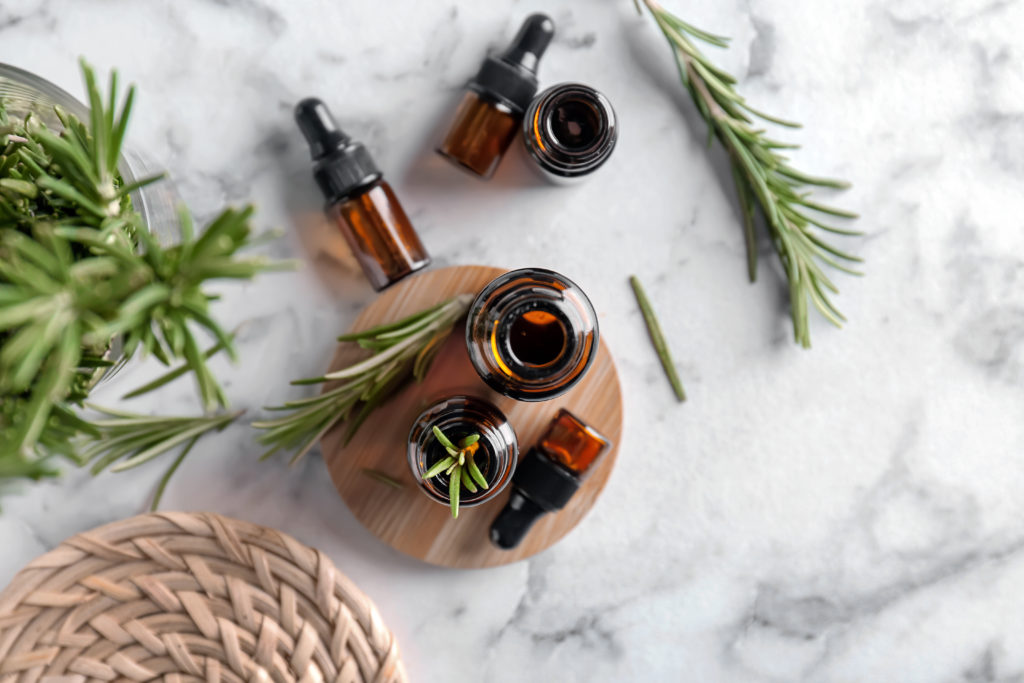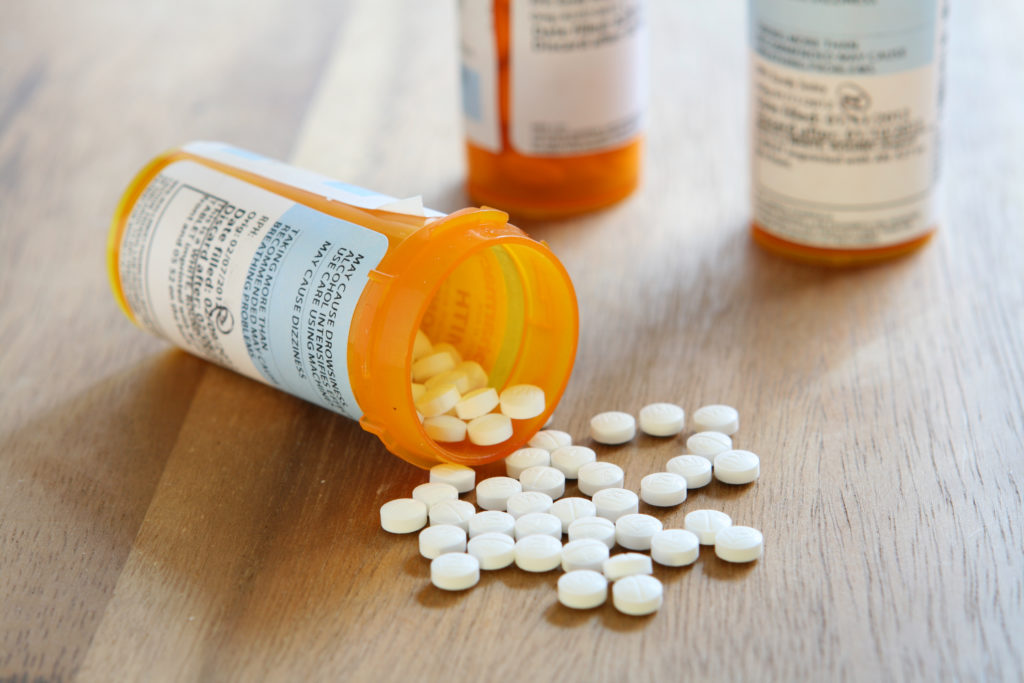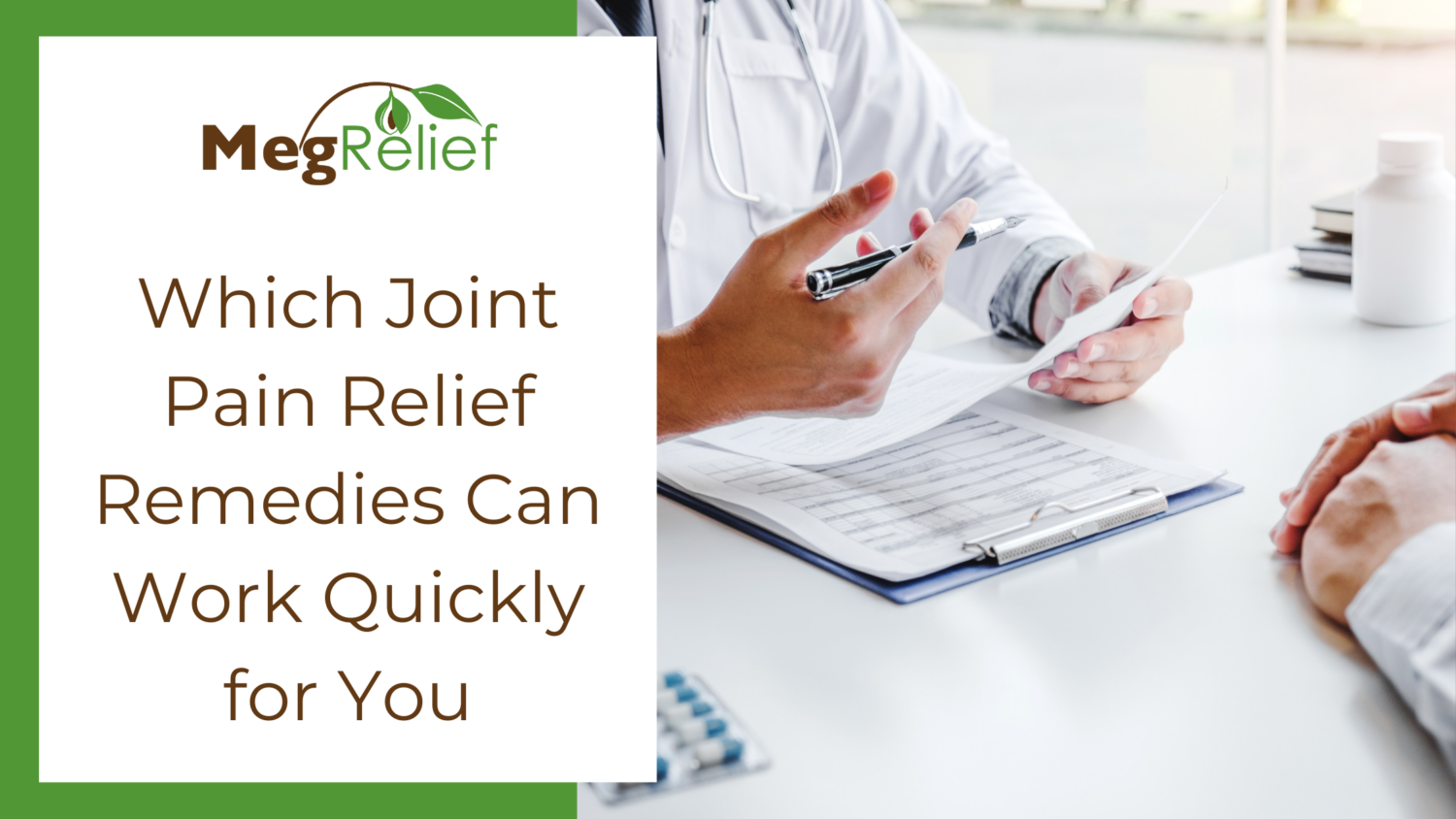Joint pain can be moderate to severe, annoying or debilitating, short term or chronic, so which joint pain relief remedies can work quickly for you?
There are two types of joint pain relief remedies – traditional and alternative.
Traditional joint pain relief remedies include physical therapy, prescriptions, drugs and in rare cases, surgery. The medications can range from over-the-counter anti-inflammatories and pain medicine to opioids. The problem is that these can cause stomach issues such as nausea, heartburn and even ulcers. In the case of opioids, they can lead to addiction.
Alternative remedies include increasing mobility, dietary changes, supplements, meditation, and acupuncture.
You can even combine the two types with the goal of reducing the amount of prescription medications you need to take. Just speak to your doctor first to make sure there will be no side effects or complications based on the medicines you are currently taking.
Alternative joint pain relief remedies
Alternative joint pain relief remedies can often provide relief of pain and stiffness quite quickly.
Heat and/or cold can quickly reduce the inflammation and relax the muscles to reduce the pain you feel. You can make a hot pack out of a sock and rice that you can put in the microwave for up to two minutes. Start with one minute in the microwave and then if you need it hotter, add another 30 seconds at a time until it is the temperature you want. Be sure to place the sock in a pillow case prior to applying it to your skin to prevent burning.
Essential oils
There are several essential oils you can use to reduce inflammation and pain.
- Peppermint
- Eucalyptus
- Nutmeg
- Rosemary
- Chamomile
- Yarrow
- Boswellia
The oils below can be used to reduce pain:
- Ginger
- Clove

Supplements
There are several supplements that you can try which can help reduce pain, inflammation, and swelling.
Boswellia tablets or capsules can help reduce inflammation in joints.
Glucosamine capsules can help reduce inflammation.
Chondroitin used with glucosamine can help reduce pain.
Capsaicin which comes from hot peppers helps reduce pain and inflammation.
Burdock root is used to reduce pain from arthritis, swollen joints, and rheumatism.
Fish Oil / Omega-3 Fatty Acids Research from Cardiff University in Great Britain asserts that cod liver oil relieves pain as well as halts and even undoes the damage caused by osteoarthritis and rheumatoid arthritis.
Methylsulfonylmethane MSM is a powerful sulfur naturally found in plants, animals, and humans that aids in rebuilding the connective tissue of the joints. It’s a strong natural remedy for inflammation and pain.
Bromelain isan enzyme found in pineapple and it absorbs into the body whole. Studies have shown that once in the bloodstream, it can reduce inflammation and pain.
Turmeric is a spice found in Indian food. It also comes in capsule form and can reduce pain as much as over-the-counter ibuprofen can.
Vitamins
Vitamins have many benefits and if you are eating a healthy well-balanced diet, you may not need to add vitamins to your daily routine. Speak to your doctor for recommendations.
Vitamin B12 encourages healthy blood cells, fights anemia and naturally combats inflammation of the joints.
Vitamin D3 at sufficient levels can lend a hand in averting osteoporosis.
Vitamin K2 helps prevent osteoporosis by reducing the loss of calcium from your bones.
Diet and exercise
Diet and exercise are important in reducing pain, swelling, and inflammation. A balanced diet will ensure that you are consuming enough vitamins and minerals in your diet to promote healthy cells and bones. If you are unsure of what a healthy diet is, consult your local hospital dietician or your doctor.
Exercise keeps the body moving and flexible so you can retain your full range of motion. If you have already lost some of your mobility and range of motion and are unsure of what exercises you should do, consult a physical therapist. Before starting any exercise program, you should speak with your doctor first to make sure that you are healthy enough to exercise.
Traditional joint pain relief remedies
Traditional joint pain relief remedies consist of
- Physical therapy
- Hot/cold packs or wraps
- Prescription medication
- Over-the-counter medication
- Surgery in rare situations
Physical therapy will be conducted by a licensed physical therapist. It consists of various exercises to promote range of motion, stability, and strength. Generally, it will start out with two to three visits per week and as you have more range of motion, stability, and strength, the number of visits will be reduced until you can continue the exercises at home without the therapist. Often, heat and cold packs will be used in conjunction with physical therapy.
Prescription medications include anti-inflammatories and pain medications. These often have side effects such as upset stomach, drowsiness, and addiction.
Some of the medications that can be prescribed are listed below:
Anti-inflammatories
- Dolobid
- Indocin
- Lodine
- Nalfon
- Celebrex
Pain medications
- Fentanyl
- Hydrocodone
- Oxycodone
- Meperidine
- Morphine
- Tramadol

Over-the-counter medications include ibuprofen, acetaminophen, sprays, creams, and rubs. Some of the creams and rubs may use lidocaine. They may go on cold and then warm up.
Sprays, creams, and rubs include Salonpas, Bengay, Icy Hot, and others. These do not normally have bad side effects; however, you could be allergic to them or they could burn the skin. Never use these rubs then use a heating pad or hot pack on top of them as it could cause severe burns on the skin.
What joint pain relief remedies can work quickly for you while minimizing the risk of side effects and addiction? Essential oils like MegRelief, hot and cold packs, rubs, creams, sprays, exercise and eating a healthy diet. This means you can reduce the number of prescriptions you will need to reduce the pain and inflammation associated with joint pain.
You can combine both alternative and traditional treatments in order to provide greater relief while you work at getting healthier and having more mobility. Combining both can reduce the risk of addiction, but be sure to speak with your doctor or pharmacist about possible interactions that could cause serious side effects.
It is up to you to take an active role in your health care, eat a healthy diet and exercise, use vitamins, all-natural supplements, and prescription medications if needed until you no longer need the prescriptions.






